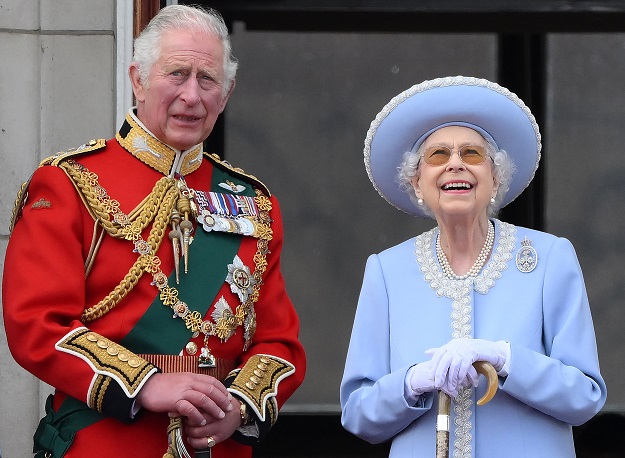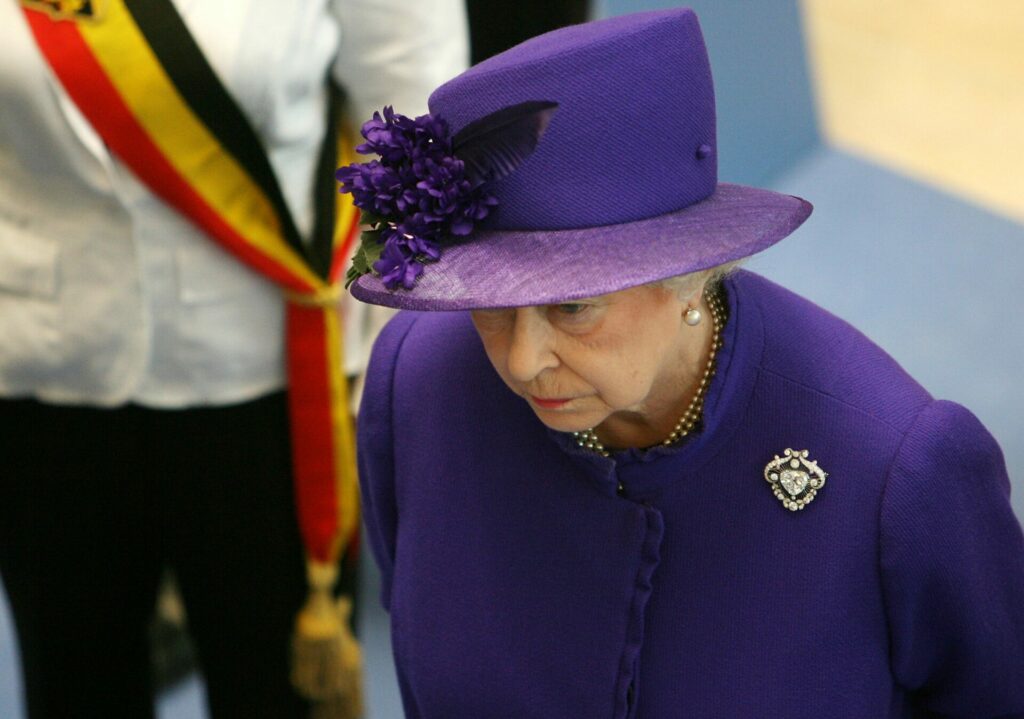Her Royal Majesty Queen Elizabeth II passed away at the royal estate of Balmoral Castle in Scotland, triggering both 'Operation London Bridge' and 'Operation Unicorn'. But what do the codewords mean and what ceremonies and protocols can be expected?
On Thursday afternoon, it was announced the Queen passed away alongside members of her family after being placed under medical supervision by royal doctors. This activated the Cabinet Office’s 'Operation London Bridge' plan, meaning the UK has now officially started ten days of mourning.
The 'London Bridge' arrangements, which lay out the sequence of events triggered by the death of the British monarch, will incorporate 'Operation Unicorn', which includes additional arrangements if the Queen passes away in Scotland, as was the case.
What will happen in the coming days?
The official start of the 10-day mourning period has been pushed back one day as her death was announced late on Thursday; this means D-Day or D+0 is on Friday.
On Friday, King Charles III and his wife Camilla (now the Queen Consort) will return to London, where the bells of various land-mark buildings such as Westminster Abbey and St. Paul's Cathedral, will toll. Gun salutes — one round fired for every year of the queen's life — will take place in London's Hyde Park.

King Charles III and the late Queen. Credit: Belga
Meanwhile, as part of Operation Unicorn, the Queen will be transported from Aberdeen (nearby the Balmoral estate) to Edinburgh, Scotland's capital city.
Her coffin will then likely rest at the Palace of Holyroodhouse, the official royal residence in Scotland. A ceremonial procession along the Royal Mile in Edinburgh to St Giles’ Cathedral is expected. Operation Unicorn ends when her Majesty leaves Scotland for the last time.
The coffin is then expected to be flown to London where it will be taken to Buckingham Palace before the big ceremonial procession in the capital planned for D+5, referring to five days after this Friday. The Queen will lie in state at Westminster Hall for three days.
For the latest guidance on Mourning and how to sign our online book of condolence, please visit our website:
— The Royal Family (@RoyalFamily) September 9, 2022
As is customary, the Queen will have a state funeral at Westminster Abbey ten days after her death, British media confirms. This day will be declared a Day of National Mourning, although not an official bank holiday.
She will then be buried in a prepared tomb at King George VI Memorial Chapel in St George's Chapel, Windsor Castle, alongside Prince Philip, her late husband.
When will the coronation take place?
Charles became King immediately after the death of his mother but his official coronation requires minute planning and is not likely to take place for several months. The plan for the Prince of Wales' ascension to the throne – Operation Spring Tide – is underway, starting a day after his mother's death.
He will then be proclaimed the new king by the Accession Council at St James's Palace, after which MPs of Westminster will swear allegiance to the new monarch. This will be followed by proclamations by the Scottish, Welsh and Northern Irish administrations the day after.
Related News
- Reactions and tributes from around the world after death of Queen Elizabeth II
- Queen Elizabeth II has passed, latest updates
King Charles III is then expected to depart for a tour of the United Kingdom, attending services in Edinburgh, Belfast and Cardiff before returning to London for the funeral.
Throughout all operations, security across the UK will be at an unprecedented high, especially as huge crowds of people mourning the Queen's passing are expected to gather around Balmoral Castle, Windsor Castle and Buckingham Palace.

